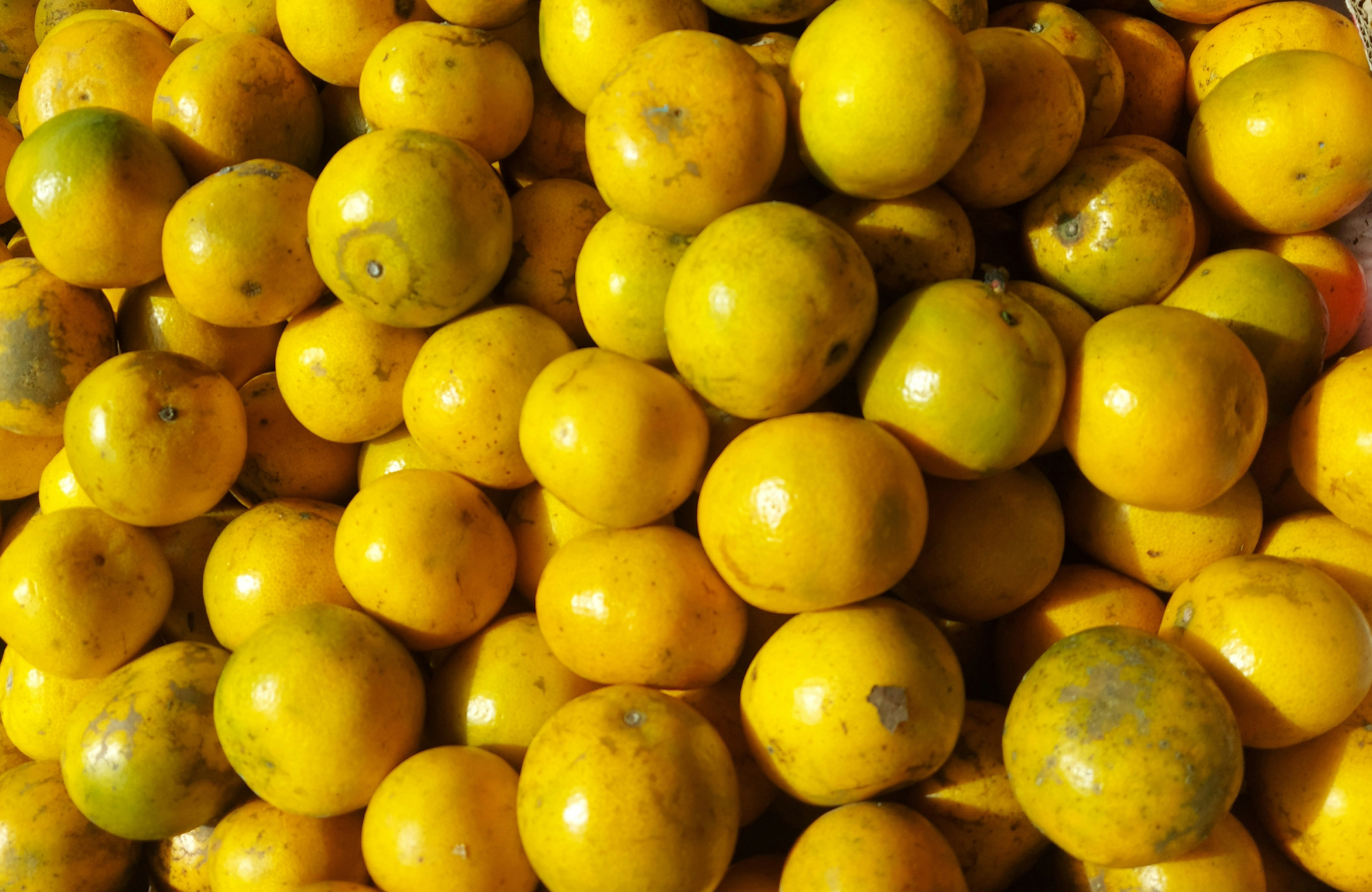Origin of the plant
Hibiscus (Hibiscus spec.) becomes in German marshmallow called. The plant is mainly distributed in the tropical and subtropical regions of the world. Hibiscus belongs to the mallow family. Hibiscus is a herbaceous plant that can grow up to 4 m tall, is an annual with lobed leaves. The mostly yellow flowers have a five-lobed inner calyx and a columnar outer calyx. After fading, the flowers enter the harvest stage, they are fleshy and red. The blossoms of the hibiscus and the calyxes are used in tea drinks in whole or cut form.
Caffeine-free refreshment

The dried petals give the tea a refreshing and slightly sour taste.
Hibiscus in folk medicine
In folk medicine, hibiscus is valued as an immune cure against colds, positive properties for catarrh, circulatory problems, circulatory disorders, loss of appetite, and inflammatory skin problems. In addition, extracts from the flower have a laxative and antibacterial effect. One explanation for the laxative effect could lie in the fruit acids – including hibiscus acid (1) (allohydroxycitric acid lactone). These are not resorbed in the intestine, i.e. not absorbed into the bloodstream, and thus lead to an increased accumulation of water in the intestine. The hibiscus flowers are also included in various ointments and decoctions used to treat allergic inflammatory reactions of the skin and other skin ailments. In African folk medicine, it is considered an antispasmodic, antibacterial, cholagogue and diuretic. In addition to being used therapeutically, hibiscus flowers are primarily used as a sour, caffeine-free soft drink (2).
Which AgilNature® products contain hibiscus?
| Product |
| SlimTee - high-quality, loose tea blend |
Literature:
- "Hibiscus" - wikipedia.de. Retrieved on 05/31/2016 from https://de.wikipedia.org/wiki/Hibiskus
- "Hibiscus: effects, side effects, interactions - gesundheit.de". Gesundheit.de. Retrieved on May 31, 2016 from http://www.gesundheit.de/lexika/heilpflanzen-lexikon/hibiscus-effekt





